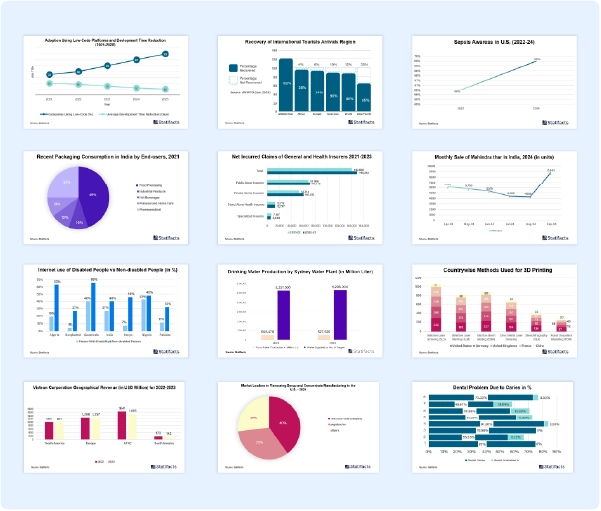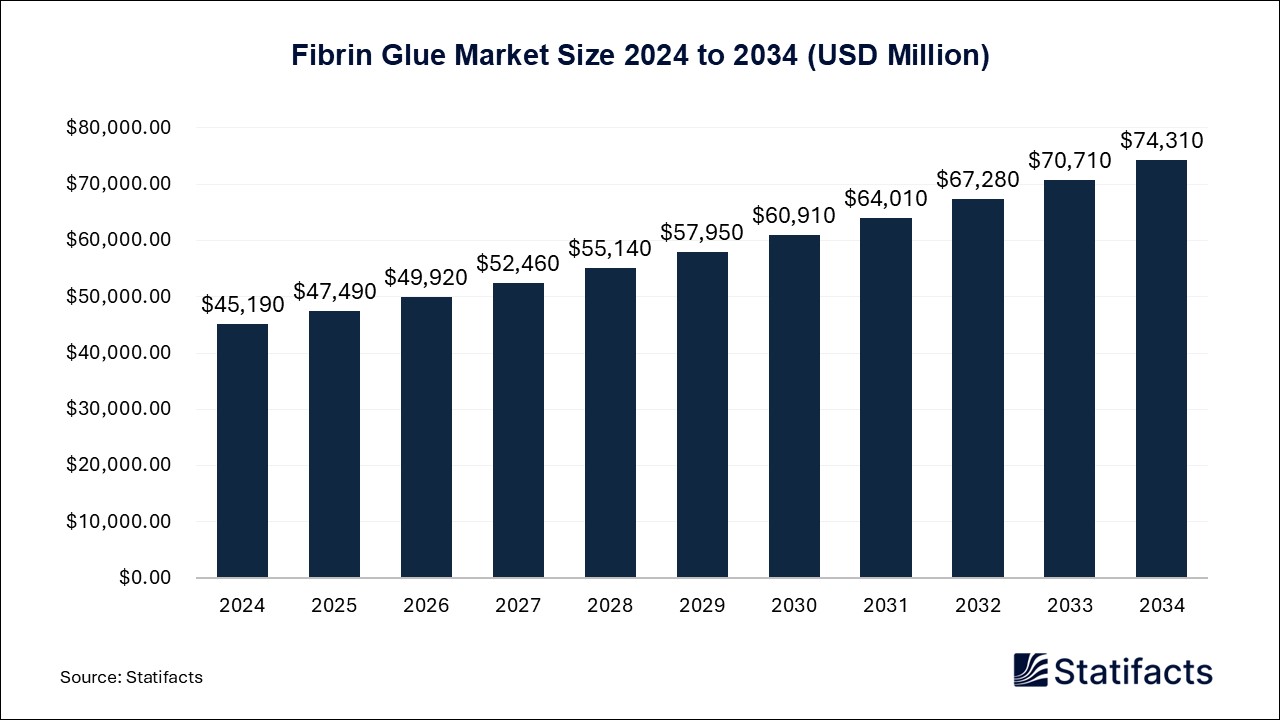

Our customers work more efficiently and benefit from
The U.S. gene expression market size is calculated at USD 5,672 million in 2025 and is predicted to reach around USD 14,275 million by 2034, expanding at a CAGR of 10.8% from 2025 to 2034.
The U.S. gene expression market refers to the production, distribution, and application of gene expression which is the process by which the information encoded in a gene is turned into a function. This mostly occurs by the transcription of RNA molecules that code for non-coding RNA molecules or proteins that serve other functions. It is the process by which the information encoded in a gene is turned into a function. Gene expression and regulation are the basis of cell development and differentiation. They also allow the cell to adapt to different conditions. By controlling the expression level, time, and location, gene transcripts can have a profound effect on the functions of genes within cells or in multicellular organisms. Gene expression is the process our cells use to convert the instructions in our DNA into a functional product, like a protein.
Technological advancement contributes to the growth of the U.S. gene expression market. Innovation in gene expression analysis, mainly through next-generation sequencing (NSG) technologies such as RNA-seq, has provided researchers with high-resolution data on gene expression levels. Ongoing advancements in NSG technologies improve efficiency, scale, accuracy, and speed, makes easier gene expression profiling in a single experiment. Technology improves attention, enhances security, fostering communication, facilitates learning, encourages employee excellence, employment opportunities, and automation, increases profits, fosters innovation and creativity, better customer experience, and access to information, enhances communication, and boosts work efficiency.
Growing demand for personalized medicine which driving the growth of the U.S. gene expression market. Gene expression analysis is a key component of personalized medicine, enabling healthcare professionals to make informed treatment decisions based on a patient’s genetic profile. This proceeds towards results in more effective therapies, enhanced patient outcomes, and reduced side effects. Patient’s genetic profile knowledge can help doctors select the proper therapy or medication and administer it using the proper regimen or dose. Personalized medicine is being advanced through data from the human genome project. There are many advantages of personalized medicine, including minimizing the risk of drug toxicity, increasing the advantages of the medicines used, contributing to the balance of the healthcare system, and making drug discovery and development programs. Personalized medicines provide the right treatment to the right patient at the right time.
Artificial intelligence (AI) contributes to predicting and optimizing genome editing methods like CRISPR-Cas9. Machine learning (ML) can analyze large-scale genetic sequence datasets, which can then be used to steer the development of more effective and precise genome editing technologies by predicting probable off-target consequences. AI is used in many aspects of gene therapy to improve the development, optimization, and implementation of treatments. AI applications include target identification and validation, personalized medicine, viral vector and biomanufacturing optimization, biomarker prediction, and drug discovery and development. Genetic algorithms are powerful tools for solving critical optimization problems across various fields. These factors help the growth of the U.S. gene expression market.
Increasing prevalence of genetic diseases, there is an increasing need to understand the molecular mechanisms behind these conditions which driving the growth of the U.S. gene expression market. Gene expression analysis supports identifying under-expressed or over-expressed genes, paving the way for disease diagnosis, classification, and biomarker identification. Genome-wide analysis of gene expression can be used to distinguish two different biological states acute lymphoblastic leukemia and acute myoblastic leukemia, which are nearly difficult to distinguish from one another using conventional cytological approaches. With the use of gene therapy, healthcare providers deliver a healthy copy of a gene to cells inside your body. This healthy gene can replace inactive mutated genes, damaged genes, or introduce an entirely new gene. Gene expression can give information to guide decisions you make about the medical care you or your family member receives.
Published by Laxmi Narayan
For any questions about this dataset or to discuss customization options, please write to us at sales@statifacts.com
| Stats ID: | 7888 |
| Format: | Databook |
| Published: | January 2025 |
| Delivery: | Immediate |
| Price | US$ 1550 |

| Stats ID: | 7888 |
| Format: | Databook |
| Published: | January 2025 |
| Delivery: | Immediate |
| Price | US$ 1550 |
Related Reports

You will receive an email from our Business Development Manager. Please be sure to check your SPAM/JUNK folder too.

Unlock unlimited access to all exclusive market research reports, empowering your business.
Get industry insights at the most affordable plan
Stay ahead of the competition with comprehensive, actionable intelligence at your fingertips!
Learn More Download
Download
